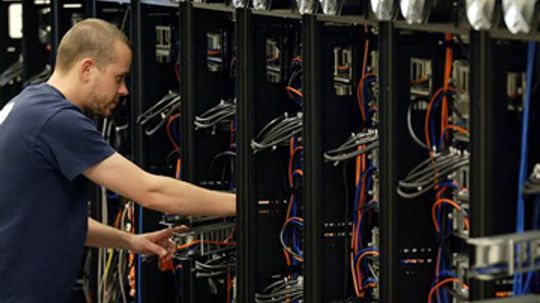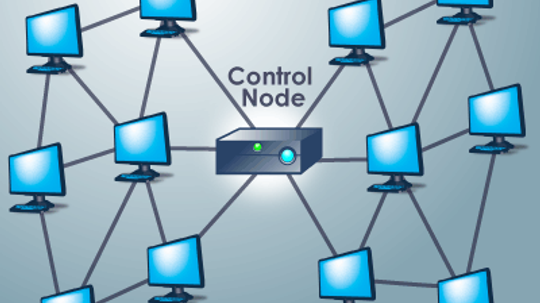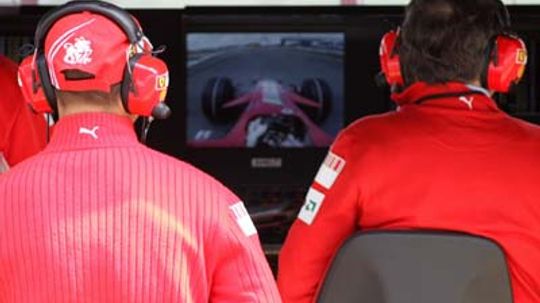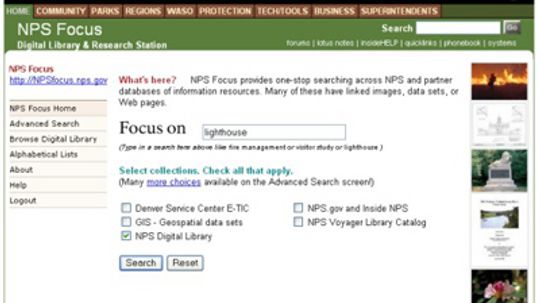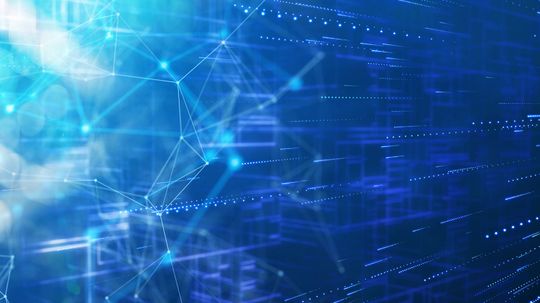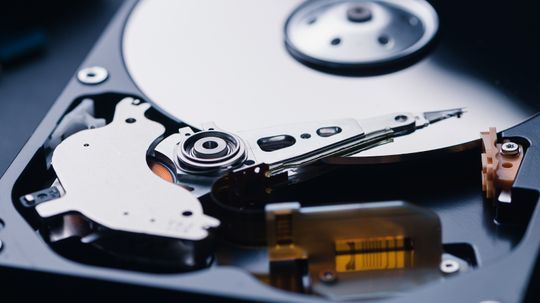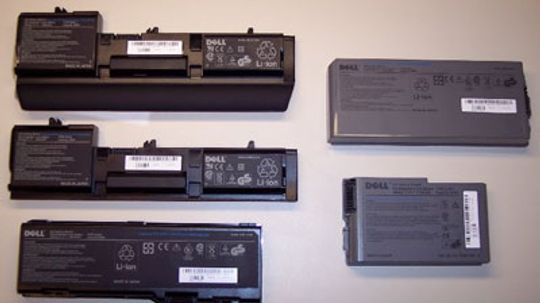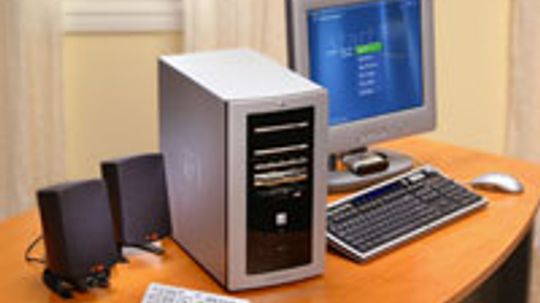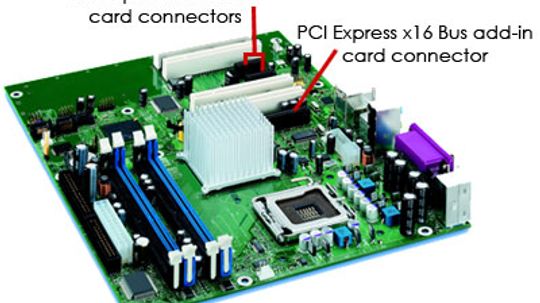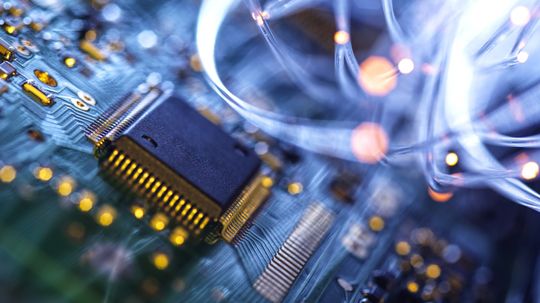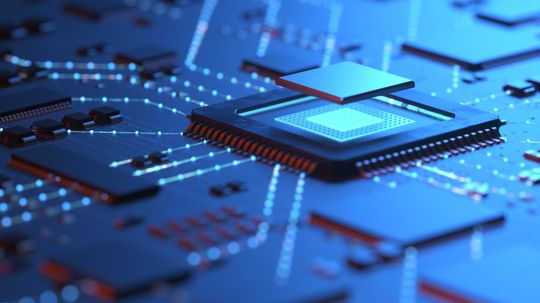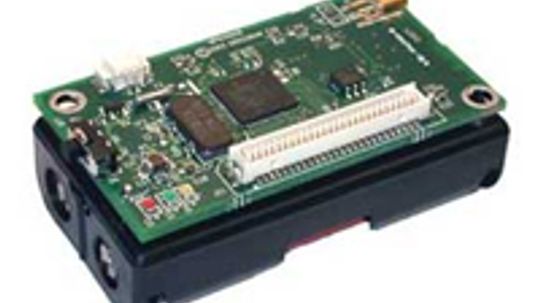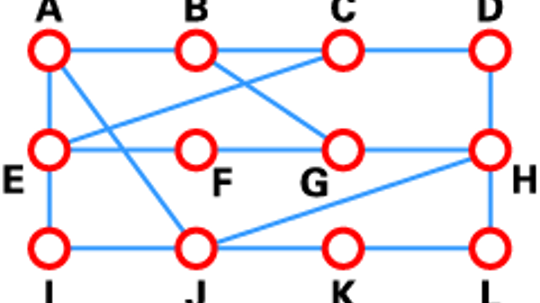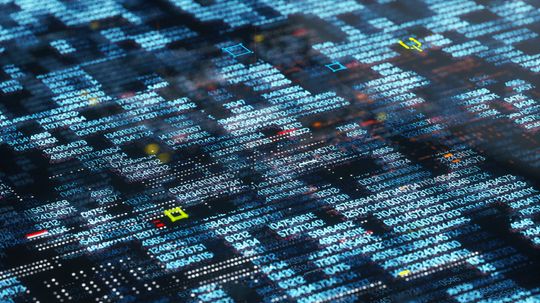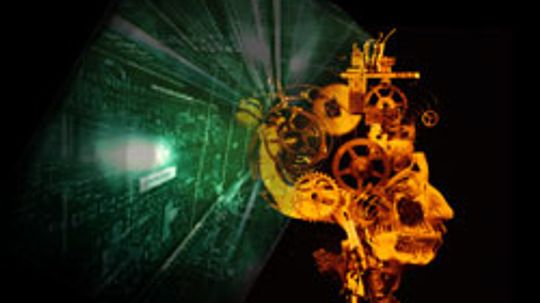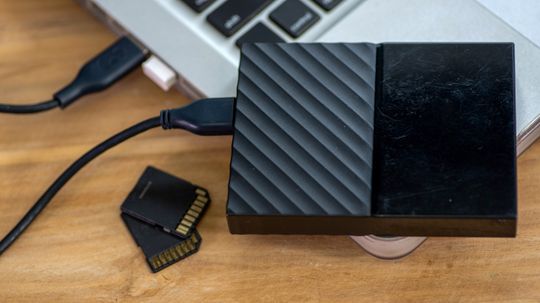Computer Hardware
From USB connectors to motherboards, the HowStuffWorks Computer Hardware Channel will help you find explanations, reviews, videos and prices for the parts you need.

Why Is My Computer So Slow? 5 Reasons and How to Fix Them

Should You Shut Down Your Computer Every Night?
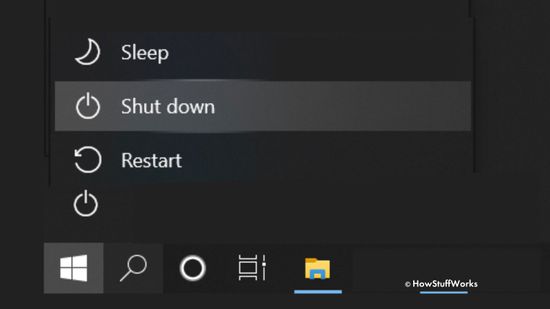
What's the Difference Between Restarting and Shutting Down My Computer?
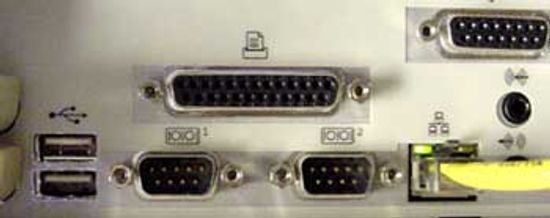
How Parallel Ports Work
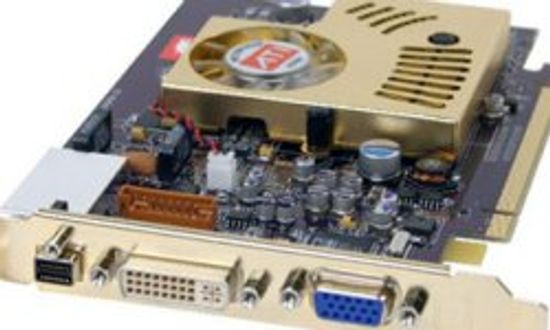
PCI Express Image Gallery
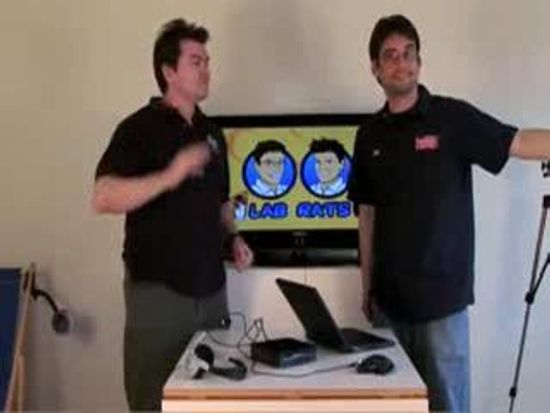
What is the main difference between FireWire and USB?
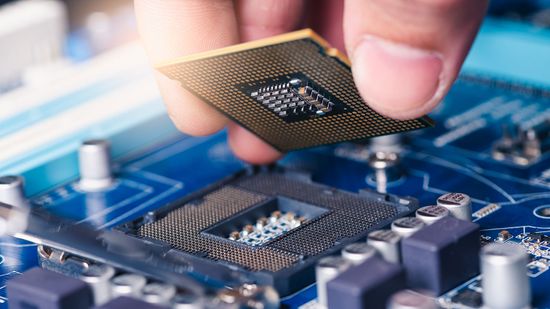
How to Overclock Your CPU
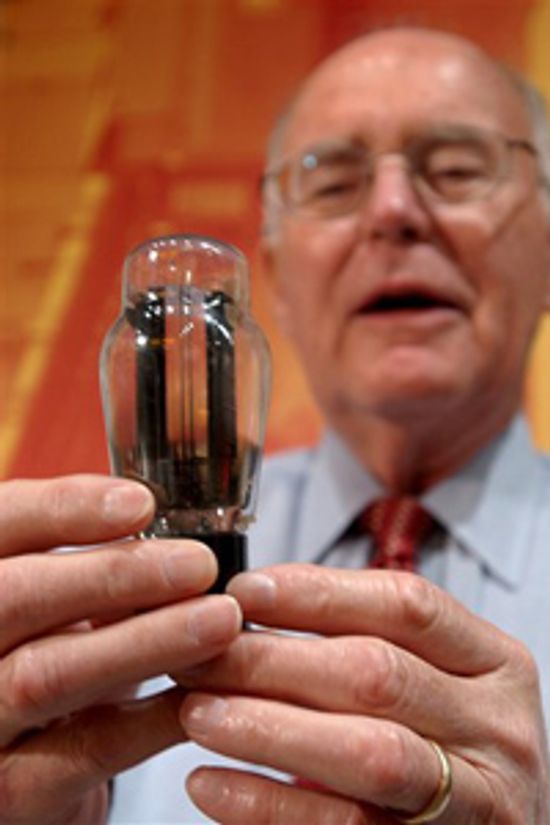
Is Moore's Law outdated?
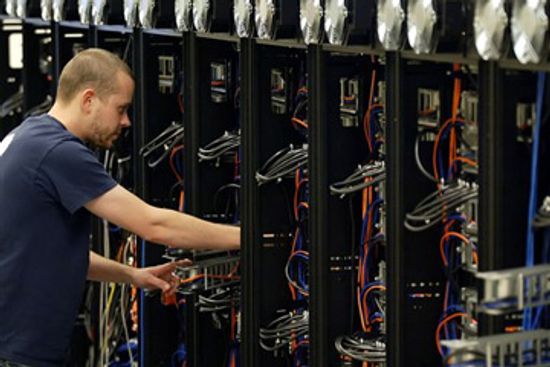
What is computing power?
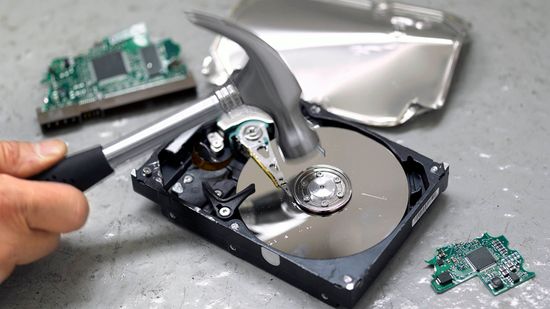
How to Wipe a Computer's Hard Drive

How to Fix the Black Screen of Death
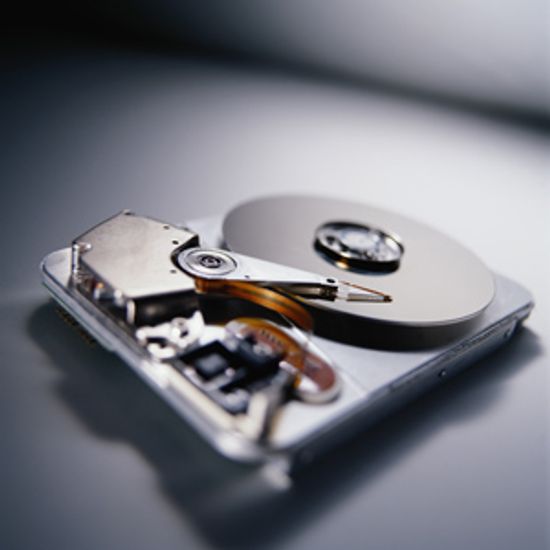
Should I move my hard disk to the cloud?
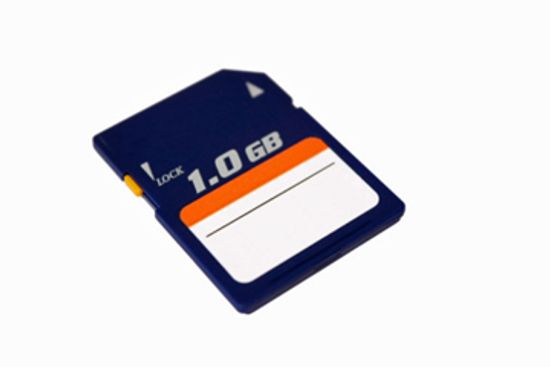
How Secure Digital Memory Cards Work
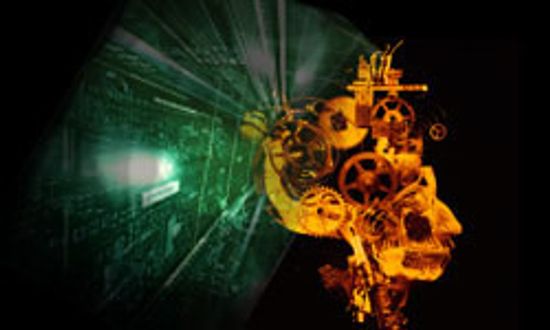
Computer Memory Pictures
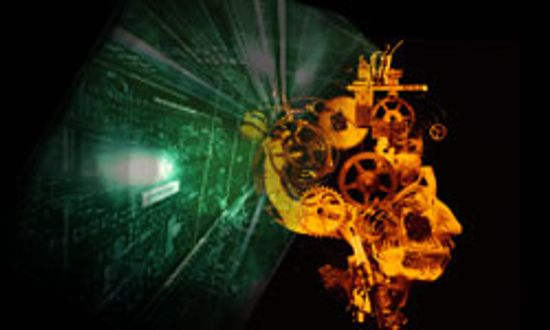
What is virtual memory?
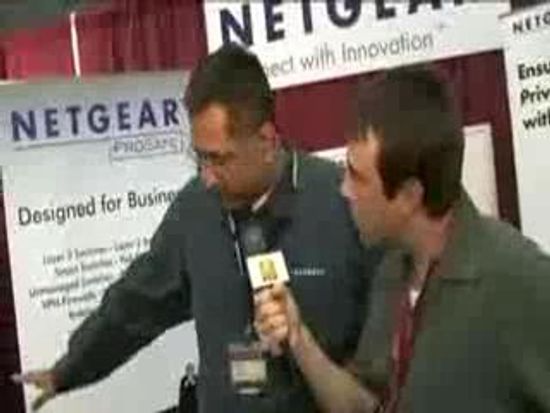
What are the three types of VPN?
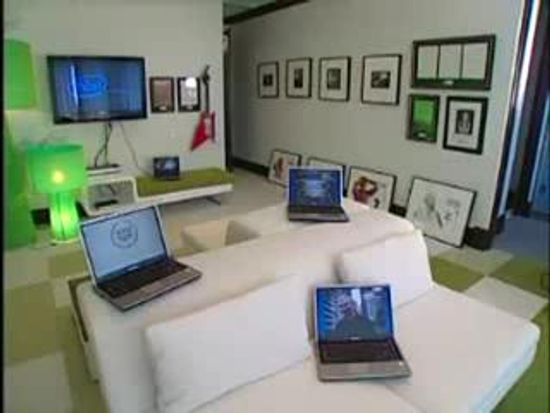
What do you need to build a private WiFi network?
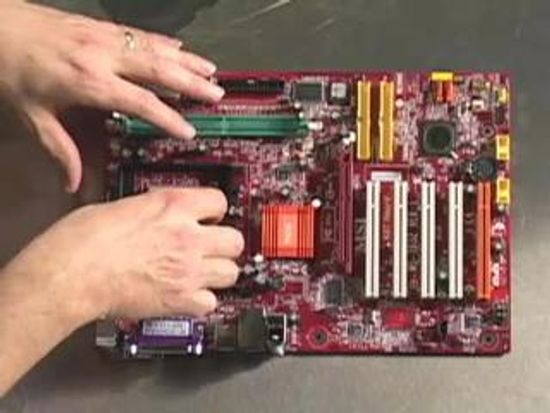
What Does a Server Do?
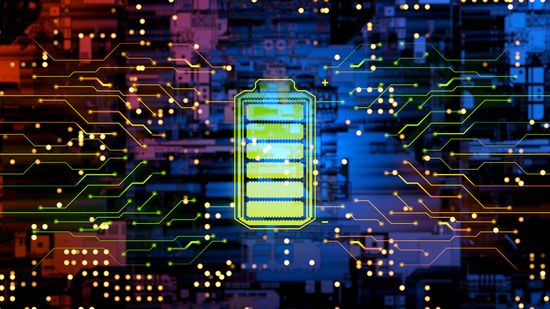
What Is a UPS? How an Uninterruptible Power Supply Works
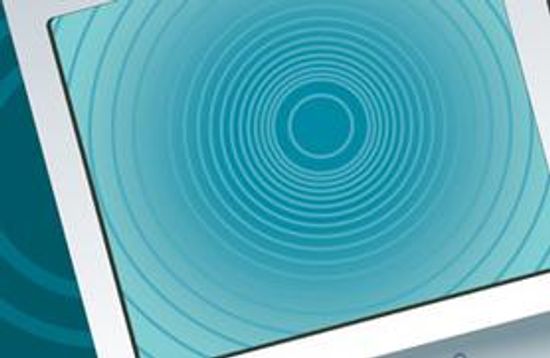
How to Cool Down Laptop: 5 Easy Ways to Prevent Overheating
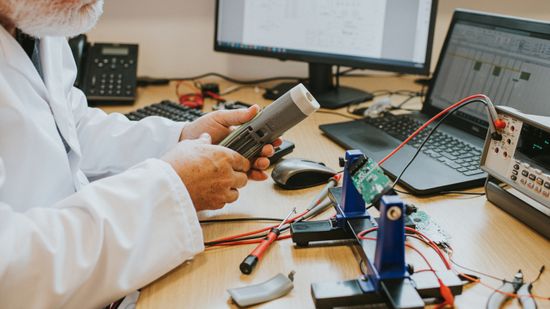
How To Know When Your Computer's CMOS Battery Is Dead
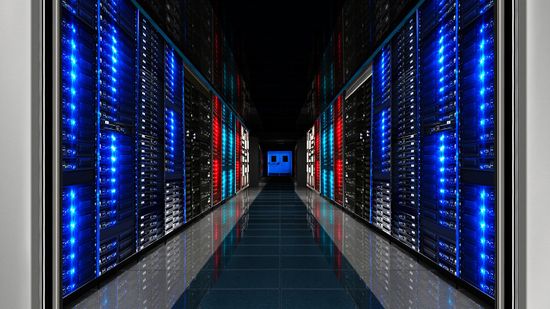
What is the world's fastest supercomputer used for?
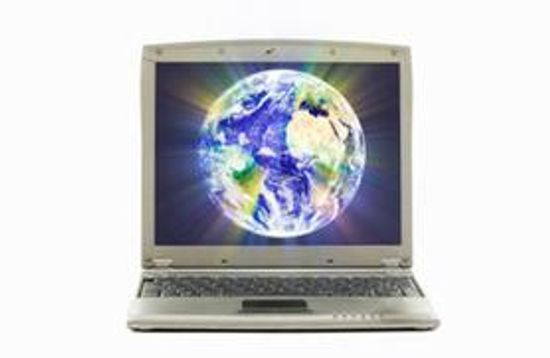
Set Your Computer for Energy Savings

Is the desktop computer going the way of the dodo bird?

How to Force Quit on a Mac

Steve Jobs: Life in Pictures
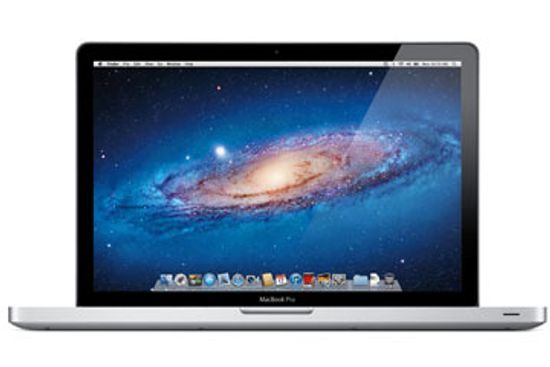
Are Macs more expensive than comparable PCs?

How the Kindle Paperwhite Works

How the Kindle Fire Works

Nook vs. Kindle Fire
Learn More / Page 5
Utility computing lets you pay as you go for your company's computing needs. Would you be willing to let someone else take care of your hardware and software?
People are switching to parallel processing to share big computing jobs between several smaller, less-expensive chips. But how does parallel computing work?
Grid computing lets you use a whole network of computers to solve problems. But how do you ensure access to information without creating gridlock?
Advertisement
Are you interested in M2M communications for automatic transmission and measurement of data? Learn more about M2M communications in this article.
By Tim Crosby
Instead of buying a supercomputer, what if you bought many regular computers? That's the idea behind distributed computing. But how does it work?
In cloud computing, programs and files are stored on a centralized computer or network. It's rumored that Google and Apple are teaming up to bring a cloud computer to the masses.
An intranet is a private network, maintained and used by an organization. Learn more about how intranets work in this article.
By Dave Roos
Advertisement
Desktop sharing is a helpful technique that simplifies sharing business ideas. Find out how desktop sharing can change the way that your company works.
By Dave Roos
A nonprofit organization is developing a $100 laptop for children in developing countries. Well, OK -- a $188 laptop. What is this computer like?
Storage space and performance can be increased with virtual computing. Learn how computer users are using virtual computing when they need it.
If you're able to stream content while wandering large areas, feel free to thank mesh wifi! But what is mesh wifi, exactly? Read on to explore how wireless mesh networks deliver high-speed internet connectivity anywhere, anytime.
By Chris Pollette & Dave Roos
Advertisement
Is your computer more than a year old? If so, there's a good chance you're running low on disk space. Adding a hard drive will help -- we'll show you how.
Most PCs use simple electrical fans to keep them cool. But upgrading to a liquid-cooling system can keep high-end gaming PCs running faster for longer.
Dell, Apple and the U.S. Consumer Product Safety Commission announced that several lithium-ion laptop batteries could short-circuit, causing an explosion or a fire. Find out why.
We're already on the cusp of one of the next big media revolutions -- media-center PCs. The goal is to overcome the overlaps in the way we work and play, making the separation between home computers and entertainment systems obsolete.
By Julia Layton
Advertisement
PCI slots are an integral part of a computer's architecture, but they have some shortcomings. Fortunately, PCI Express (known as PCIe) provides more bandwidth and is compatible with existing operating systems. Find out how PCIe works!
Nearly everything you use to run your computer or enhance its performance is either part of the motherboard or plugs into it. But what does it actually do?
Movies play, pop-ups pop, and video games fill the screen, immersing you in a world of 3-D graphics. Today, every aspect of computing uses lots of graphics. The Accelerated Graphics Port enhances the performance and speed of graphics hardware. Find o
By Jeff Tyson & Robert Valdes
Smart dust sounds like something out of a Disney movie, but it's definitely not. Also called a mote or a wireless sensing network, this new technology is intriguing everyone from military personnel to vineyard owners.
Advertisement
Think you know how routers work? These devices use intricate formulas to figure out exactly where to send a packet and how to get it there. Learn all about routing algorithms.
C programming can create a formula for a computer to generate a random number, but there are other ways to. Check out this explanation and diagram.
Chances are good that your operating system includes virtual memory. It makes your computer act like it has a lot more RAM than actually it does. Find out what virtual memory is and how it increases the speed of your PC.
We've all used one, and most of us are sitting in front of one right now. Curious to know what's going on inside that ever-present PC? Here's your chance to find out - without prying open your own.
By Jeff Tyson & Talon Homer
Advertisement
Removable memory has unchained us from our PCs -- we can now carry gigabytes of data wherever we go in a device the size of a matchbox. Learn about the three major digital storage technologies.
By Jeff Tyson
Silicon microprocessors are about to reach the limit to their storage capacity. But one technology may extend the life of the silicon microchip -- it's called extreme-ultraviolet lithography, and it may keep silicon useful for a few years longer.
By Kevin Bonsor

